SpaceX launches seven satellites aboard used Falcon 9 rocket
Payload includes two Nasa satellites that will track Earth’s water cycle
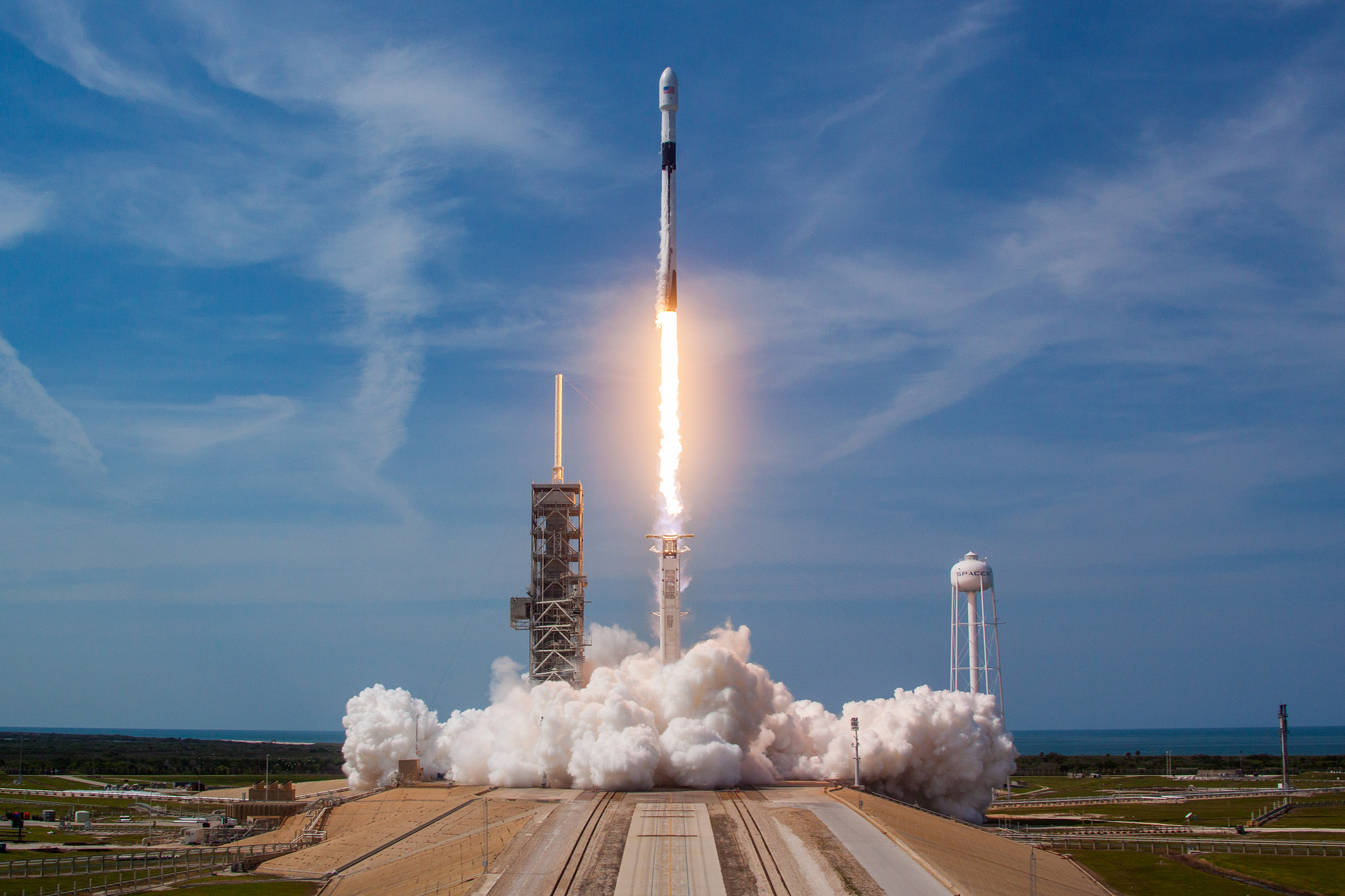
SpaceX successfully launched one of its used Falcon 9 crafts into space yesterday evening carrying a payload of seven satellites.
Lifting off from Vandenberg Air Force Base in California at 3:48pm EST (7.48pm GMT), the rocket was powered by a first-stage booster that previously launched SpaceX’s secretive Zuma military mission in January.
The seven satellites heading into orbit comprise five Iridium Next communication satellites and two crafts for Nasa and the German Research Centre for Geosciences.
The Week
Escape your echo chamber. Get the facts behind the news, plus analysis from multiple perspectives.

Sign up for The Week's Free Newsletters
From our morning news briefing to a weekly Good News Newsletter, get the best of The Week delivered directly to your inbox.
From our morning news briefing to a weekly Good News Newsletter, get the best of The Week delivered directly to your inbox.
The Iridium Next satellites are part of a campaign by US telecommunications company Iridium to “replace the world’s largest commercial satellite network”, says CNet.
Meanwhile, Nasa and the German research centre’s “Grace” (gravity recovery and climate experiment) satellites will be used to track the water coverage and movement on Earth’s surface, the tech news site reports.
Although SpaceX recovers the booster stages of many of its rockets, to reduce costs and waste, the company did not attempt to land the rocket involved in yesterday’s mission, Space.com says.
The Elon Musk-owned aerospace company did try, but failed, to land the nose cone of the rocket, which keeps the satellites in place until they reach orbit.
A free daily email with the biggest news stories of the day – and the best features from TheWeek.com
The Falcon 9 rocket itself was one of SpaceX’s Block 4 models, which can only be used on two missions before being discontinued, says Ars Technica.
The company plans to move operations over to its new Block 5 rocket, which made its maiden flight two weeks ago and can used on at least ten missions before any major parts need replacing.
-
 Frank Gehry: the architect who made buildings flow like water
Frank Gehry: the architect who made buildings flow like waterFeature The revered building master died at the age of 96
-
 Is MAGA melting down?
Is MAGA melting down?Today's Big Question Candace Owens, Tucker Carlson, Laura Loomer and more are feuding
-
 Kushner drops Trump hotel project in Serbia
Kushner drops Trump hotel project in SerbiaSpeed Read Affinity Partners pulled out of a deal to finance a Trump-branded development in Belgrade
-
 Another Starship blast sets back Musk's Mars hopes
Another Starship blast sets back Musk's Mars hopesSpeed Read Nobody was killed in the explosion, which occurred in south Texas
-
 Elon Musk's SpaceX has created a new city in Texas
Elon Musk's SpaceX has created a new city in TexasUnder The Radar Starbase is home to SpaceX's rocket launch site
-
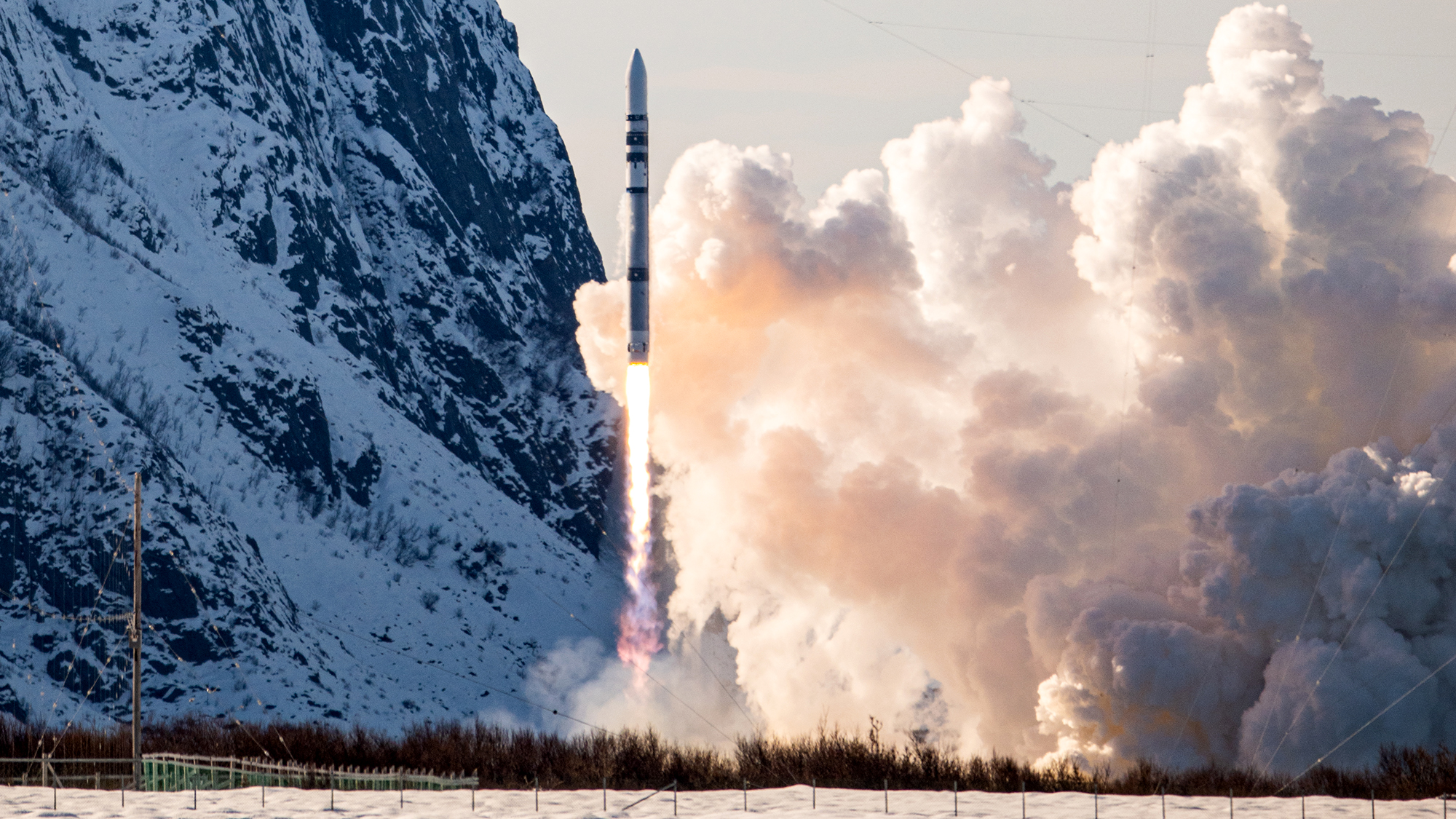 Test flight of orbital rocket from Europe explodes
Test flight of orbital rocket from Europe explodesSpeed Read Isar Aerospace conducted the first test flight of the Spectrum orbital rocket, which crashed after takeoff
-
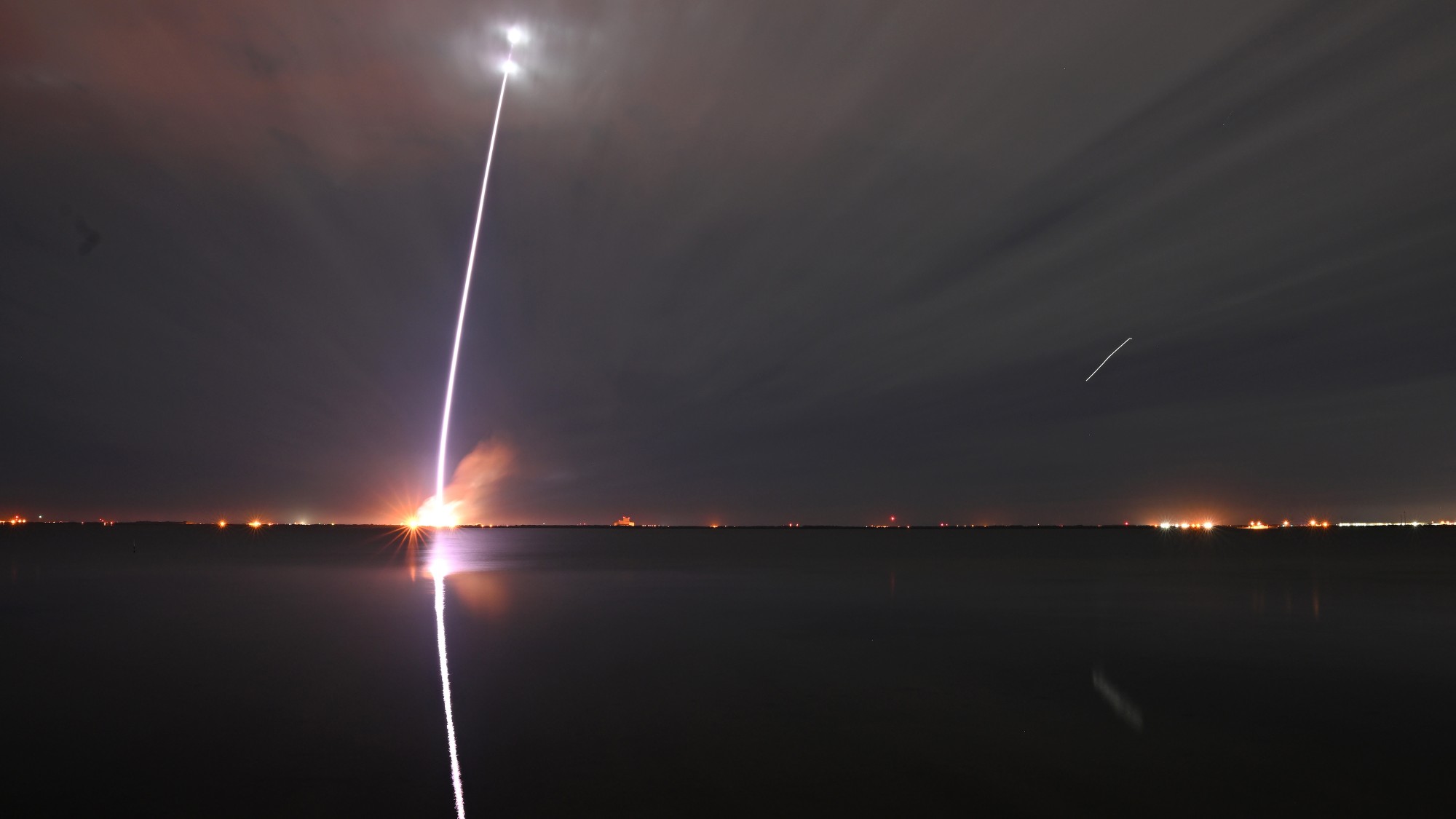 Jeff Bezos, Elon Musk and the billionaire space race
Jeff Bezos, Elon Musk and the billionaire space raceThe Explainer Tesla CEO and Amazon founder vie for dominance of satellite launch market and could influence Nasa plans to return to Moon
-
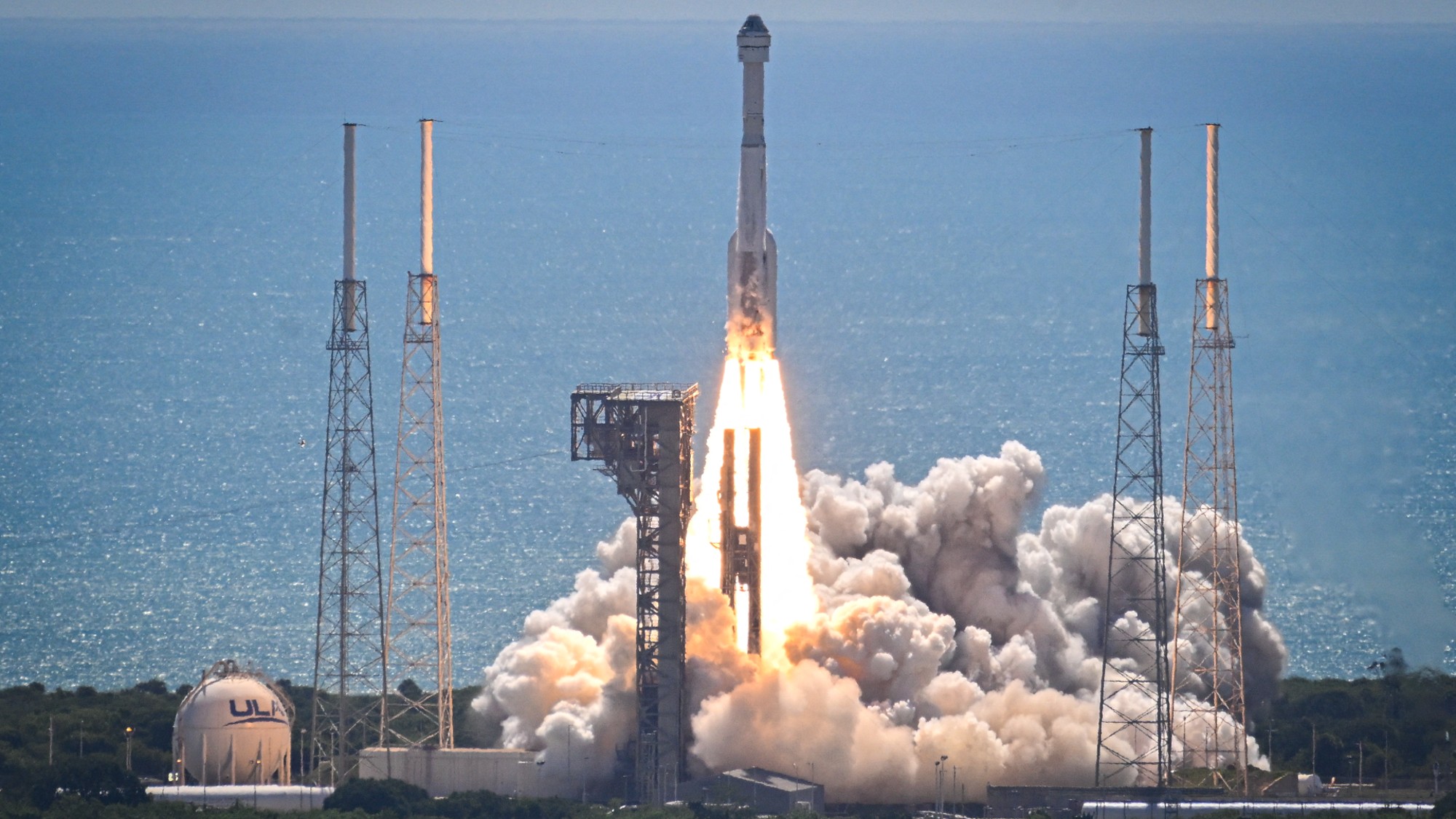 Starliner: What went wrong?
Starliner: What went wrong?Today's Big Question Boeing spacecraft has had a 'long, difficult road'
-
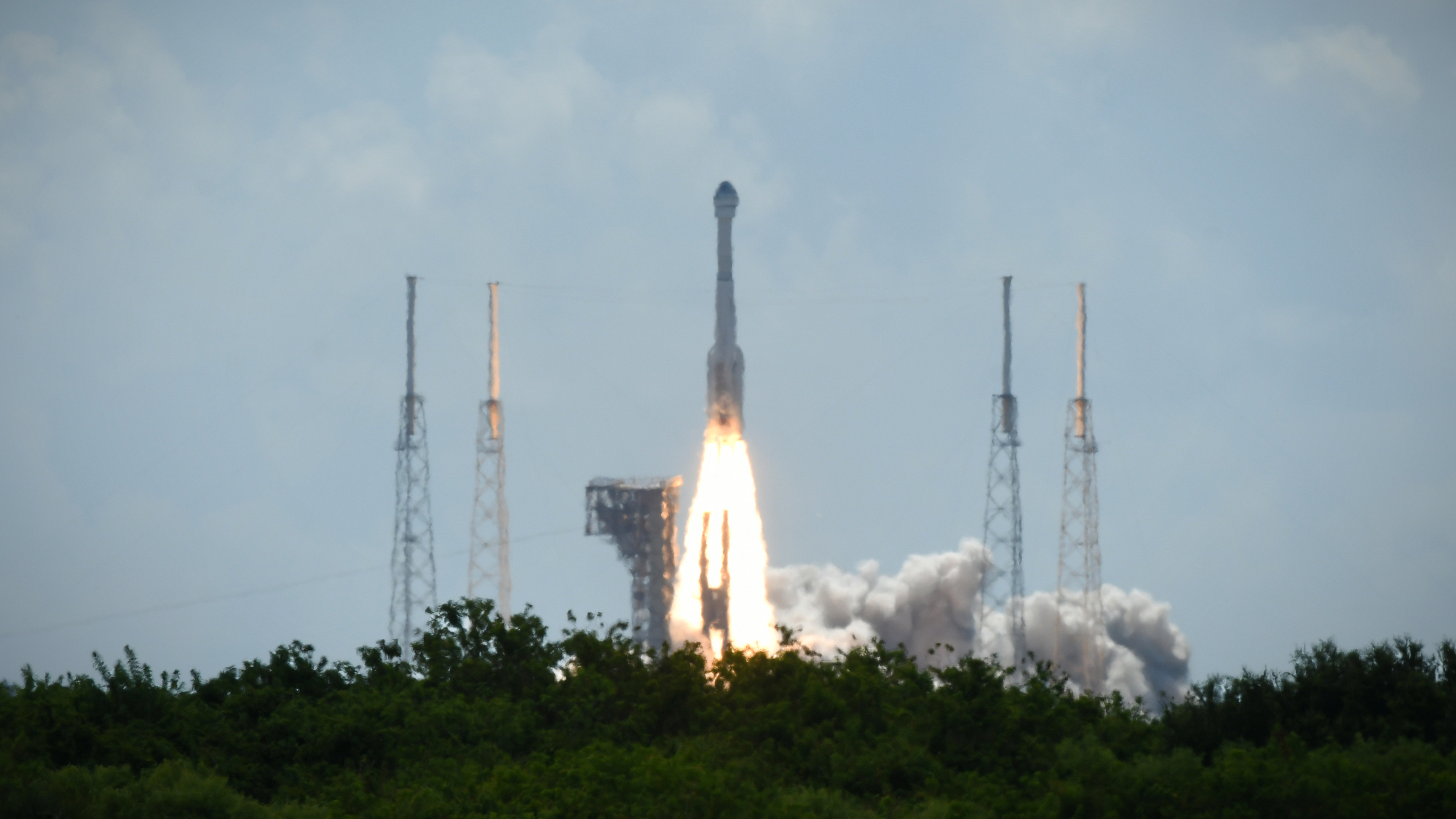 Boeing, SpaceX successfully test key rockets
Boeing, SpaceX successfully test key rocketsSpeed Read Boeing’s Starliner docked at the ISS and SpaceX completed its fourth test launch of its Starship spacecraft
-
 Nasa reveals first findings from asteroid that could explain origins of life
Nasa reveals first findings from asteroid that could explain origins of lifeSpeed Read Sample from Bennu has been found to contain an abundance of water and carbon
-
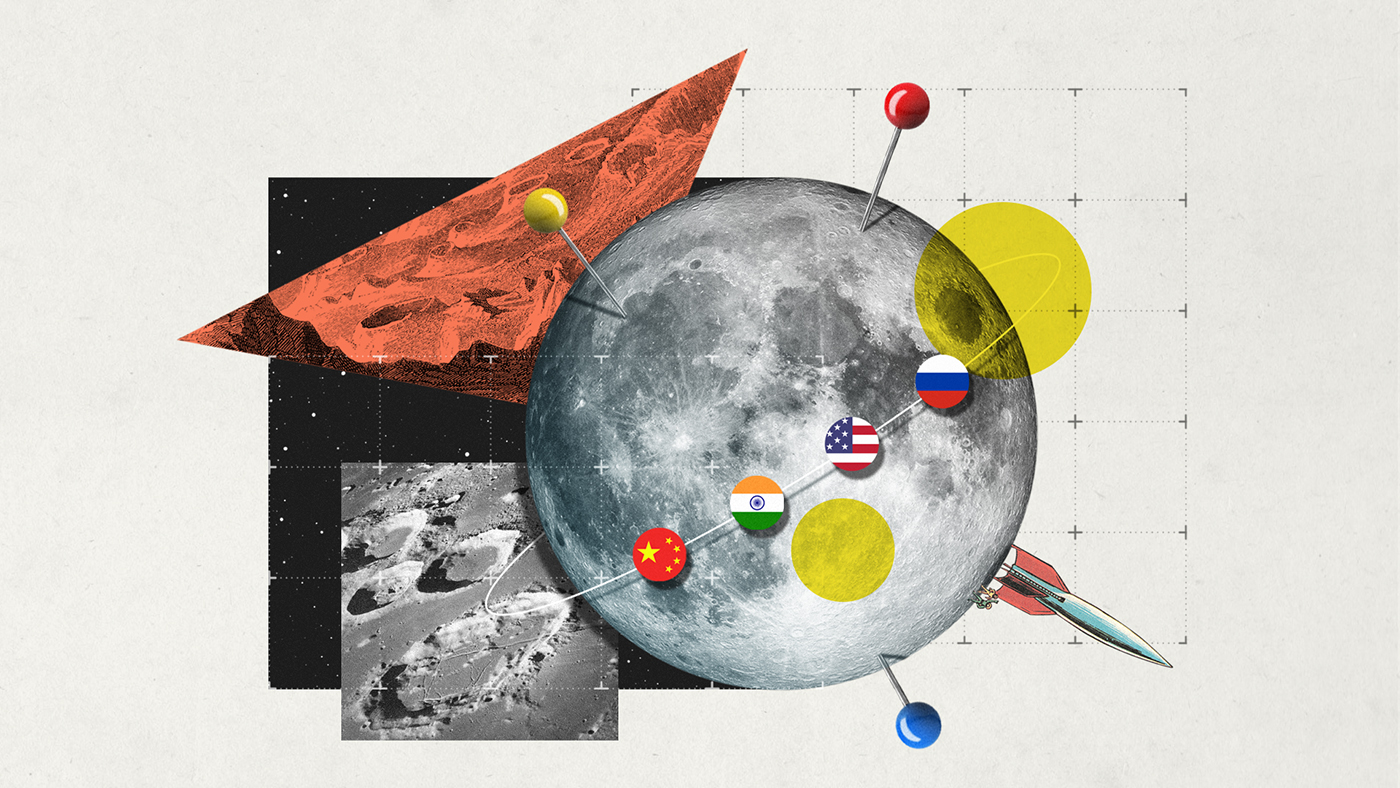 Dark side of the Moon: will the race to lunar South Pole spark conflict?
Dark side of the Moon: will the race to lunar South Pole spark conflict?Today's Big Question Russia and India are competing for the ‘new lunar gold’ – but real contest will be between the US and China